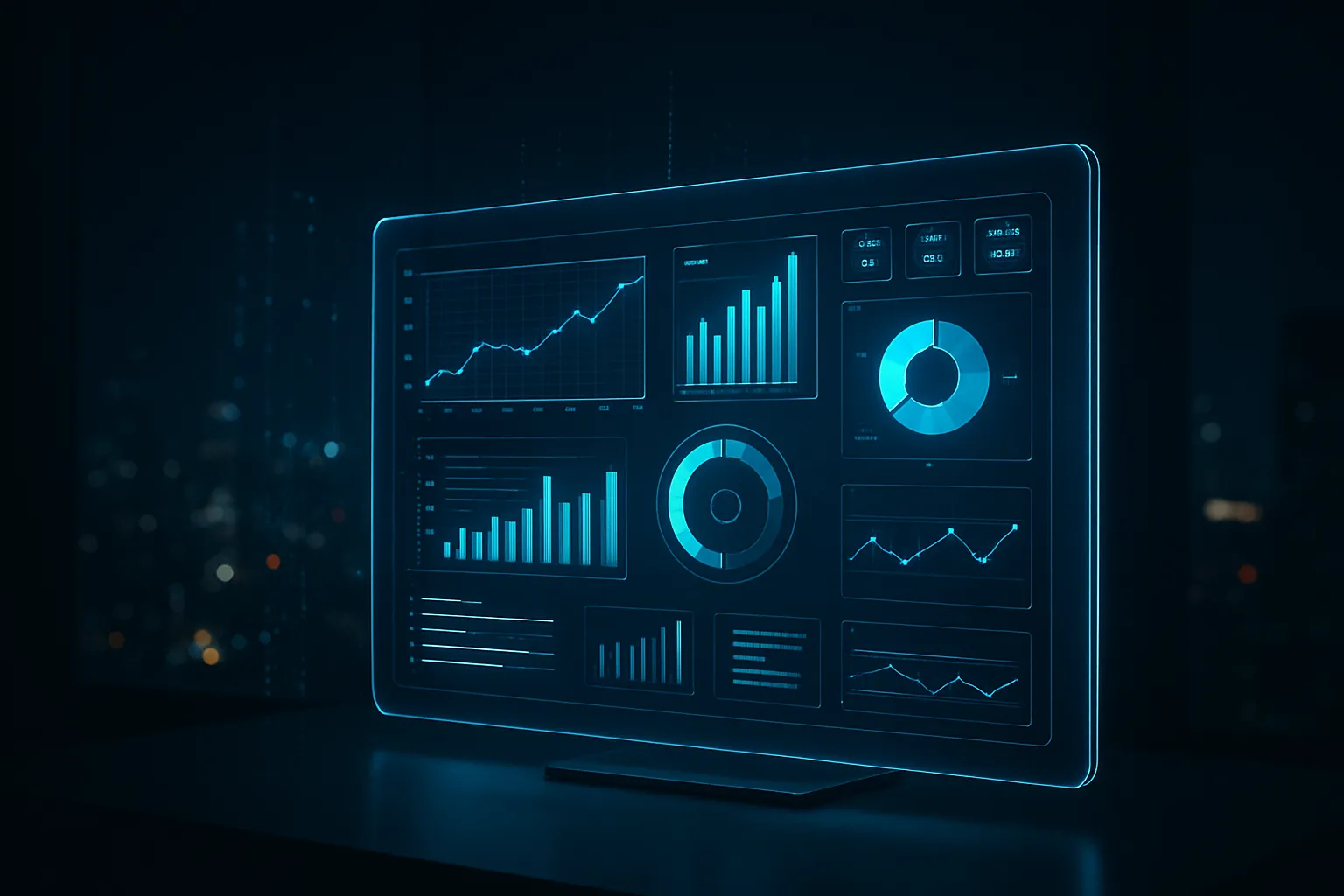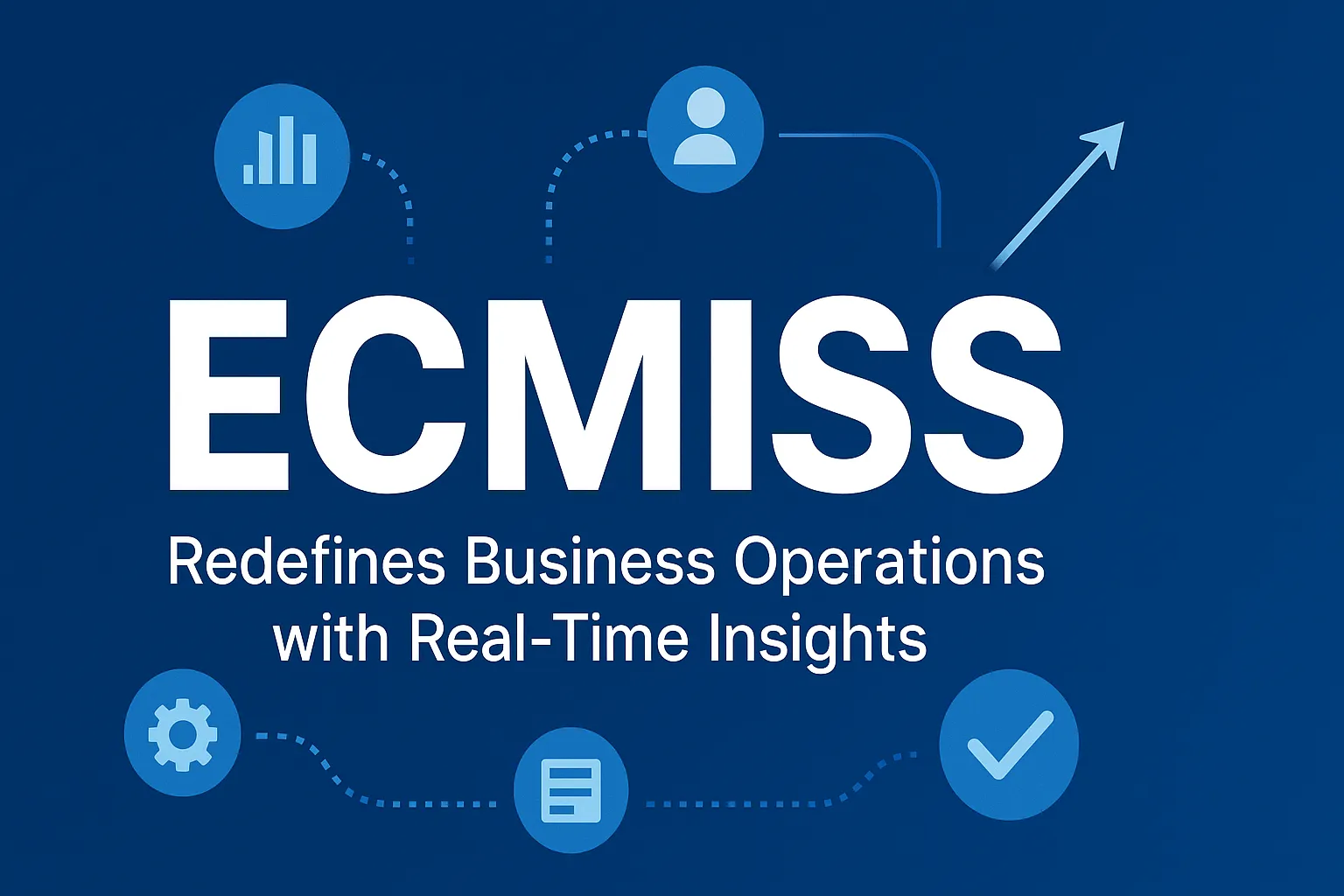Definition: Telemetryczny is the strategic practice of automated data collection and analysis from remote sources. It transforms raw system and user metrics into actionable intelligence, enabling proactive optimization, enhanced performance, and data-driven decision-making across modern organizations.
In an era defined by digital footprints and system interactions, the ability to listen to the subtle whispers of your operations is no longer a luxury—it’s a necessity. This is the core promise of Telemetryczny. More than just a technical term, it represents a fundamental shift in how organizations perceive performance, user experience, and innovation. By turning raw, often chaotic, data into a coherent narrative, Telemetryczny empowers you to move from reactive problem-solving to proactive optimization.
If you’ve ever wondered how leading tech giants preemptively resolve issues or how modern applications seem to intuitively adapt to user needs, you’re already asking the right questions. The answer frequently lies in a sophisticated Telemetryczny strategy. This guide will walk you through the essential principles, powerful tools, and strategic practices to harness its full potential.
Defining Telemetryczny: The Art of Automated Insight
At its heart, Telemetryczny is the automated process of recording and transmitting data from remote sources for immediate monitoring and analysis. Think of it as the central nervous system for your digital ecosystem, constantly relaying vital signs from every component—be it application code, server infrastructure, or user-facing features.
Why does this matter so profoundly? In our interconnected world, guesswork is a liability. Telemetryczny replaces intuition with evidence. It provides a factual foundation for decisions, allowing teams to:
- Pinpoint inefficiencies in system performance before they impact the end-user.
- Understand genuine user behavior, revealing how features are actually used rather than how we assume they are.
- Drive continuous improvement by creating a feedback loop where data directly informs development and business strategy.
This approach is universally applicable, from safeguarding patient health through remote monitoring devices to fine-tuning the complex algorithms that power financial markets.
Building the Foundation: Principles of Data Collection and Interpretation
A successful Telemetryczny initiative begins with a clear plan for data. Collecting everything is as impractical as collecting nothing; the key is intentionality.
1. Strategic Data Collection: The first step is to identify the “what” and “why.” What business questions are you trying to answer? Are you focused on application latency, user engagement metrics, or hardware health? Defining clear objectives ensures you capture high-value data without drowning in noise. This data can be gathered from various sources: application logs, system metrics (CPU, memory), network traffic, and custom user interaction events.
2. From Raw Data to Actionable Intelligence: Collection is only half the battle. The true power of Telemetryczny is unlocked through rigorous analysis. This involves using techniques to clean, aggregate, and model the data to uncover patterns, correlations, and anomalies. Modern approaches often incorporate machine learning to predict future trends and automatically flag deviations, transforming a historical log into a forward-looking radar.
Curating Your Toolkit: Essential Technologies for a Telemetryczny Framework
The right software stack is the engine of your operation. Here are some cornerstone technologies that experts rely on:
- Prometheus & Grafana: This powerhouse combination is a staple. Prometheus excels at scraping and storing time-series data, while Grafana provides the visualization layer, enabling you to build comprehensive, real-time dashboards that make data accessible to everyone.
- The Elastic Stack (ELK): Comprising Elasticsearch, Logstash, and Kibana, this stack is unparalleled for log and event data analysis. It allows you to ingest data from any source, search through it at incredible speed, and visualize complex relationships.
- InfluxDB: A time-series database built specifically for high-write performance. It’s designed to handle the massive volumes of metric data generated by a robust Telemetryczny system, making it a popular choice for IoT and DevOps monitoring.
- OpenTelemetry: This project is a game-changer for standardizing instrumentation. It provides a single set of APIs and libraries to collect telemetry data, freeing you from vendor lock-in and simplifying data collection across diverse environments.
Implementing with Finesse: Best Practices for a Sustainable System
Deploying Telemetryczny is a cultural shift as much as a technical one. Adhering to these practices will ensure long-term success:
- Begin with the “Why”: Always tie your data collection to a specific business outcome. This prevents scope creep and ensures stakeholder buy-in.
- Prioritize Data Privacy and Security by Design: From the outset, implement mechanisms to anonymize sensitive user data and secure data in transit and at rest. Compliance with regulations like GDPR is not an afterthought.
- Embrace a Phased Rollout: Start small. Instrument a single service or application, learn from the process, and then expand. This iterative approach manages complexity and demonstrates value quickly.
- Foster Data Literacy: The insights are useless if no one understands them. Train your teams—from developers to product managers—on how to read dashboards and interpret the data relevant to their roles.
Telemetryczny in Action: Illuminating Real-World Impact
The theoretical benefits of Telemetryczny are compelling, but its real-world applications are transformative:
- E-commerce Optimization: A major online retailer uses Telemetryczny to track the entire user journey. By analyzing page load times, cart abandonment events, and search query success rates, they can pinpoint exactly where friction occurs and A/B test solutions, directly boosting conversion rates.
- Smart City Infrastructure: Cities are deploying Telemetryczny sensors to monitor traffic flow, energy consumption in public buildings, and waste management. This data allows for dynamic traffic light timing, reduced energy costs, and optimized garbage collection routes.
- SaaS Product Development: A software company uses detailed user interaction telemetry to see which features are most engaging. This evidence-based approach guides their product roadmap, ensuring they build what users truly want and need.
Navigating the Hurdles: Acknowledging Challenges and Limitations
No technology is a silver bullet, and a mature Telemetryczny practice must be aware of its potential pitfalls:
- Data Overload: The sheer volume of data can be paralyzing. Without careful curation and alerting, critical signals can be lost in a sea of noise.
- System Overhead: Instrumentation consumes resources. Poorly implemented Telemetryczny can ironically degrade the very performance it seeks to monitor.
- Cultural Resistance: Teams may be wary of “big brother” monitoring. Transparency about the goals (improvement, not punishment) is crucial for adoption.
- Cost and Complexity: As data volumes grow, so do storage and computational costs. A scalable architecture and a clear data retention policy are essential to manage expenses.
The Horizon of Possibility: What’s Next for Telemetryczny?
The evolution of Telemetryczny is accelerating, driven by advancements in AI and edge computing. We are moving towards increasingly autonomous systems where telemetry data doesn’t just inform humans but triggers automated remediation processes. Predictive analytics will become the norm, allowing systems to self-heal and pre-scale based on forecasted demand. Furthermore, the standardization efforts of projects like OpenTelemetry will make sophisticated monitoring accessible to organizations of all sizes, democratizing data-driven excellence.
Your Journey to Insight Starts Now
Embracing Telemetryczny is a commitment to building with clarity and purpose. It’s about replacing assumptions with evidence and transforming your operations into a living, responsive entity that continuously learns and improves. The path involves careful planning, the right tools, and a culture that values data, but the destination—a truly optimized, intelligent, and user-centric system—is well worth the journey. Start listening to your data today; it has a powerful story to tell.
Frequently Asked Questions About Telemetryczny
1. What is Telemetryczny in simple terms?
Telemetryczny is the automated process of collecting and analyzing data from remote sources, like applications or devices, to monitor performance and gain actionable insights in real-time.
2. What are the main benefits of using Telemetryczny?
Its primary benefits are proactive problem-solving, optimized system performance, data-driven decision-making, and a deeper understanding of genuine user behavior to improve products and services.
3. What are the essential tools for a Telemetryczny system?
Key tools include Prometheus for metric collection, Grafana for data visualization, and the Elastic Stack (ELK) for log analysis. OpenTelemetry is also crucial for standardizing instrumentation.
4. What is the biggest challenge when implementing Telemetryczny?
A major challenge is avoiding data overload. Collecting too much information without a clear strategy can paralyze analysis, making it difficult to extract meaningful signals from the noise.
5. Is Telemetryczny only for large tech companies?
No. With the rise of standardized tools and cloud services, organizations of all sizes, from startups to manufacturing and healthcare, can leverage Telemetryczny to improve their operations.



